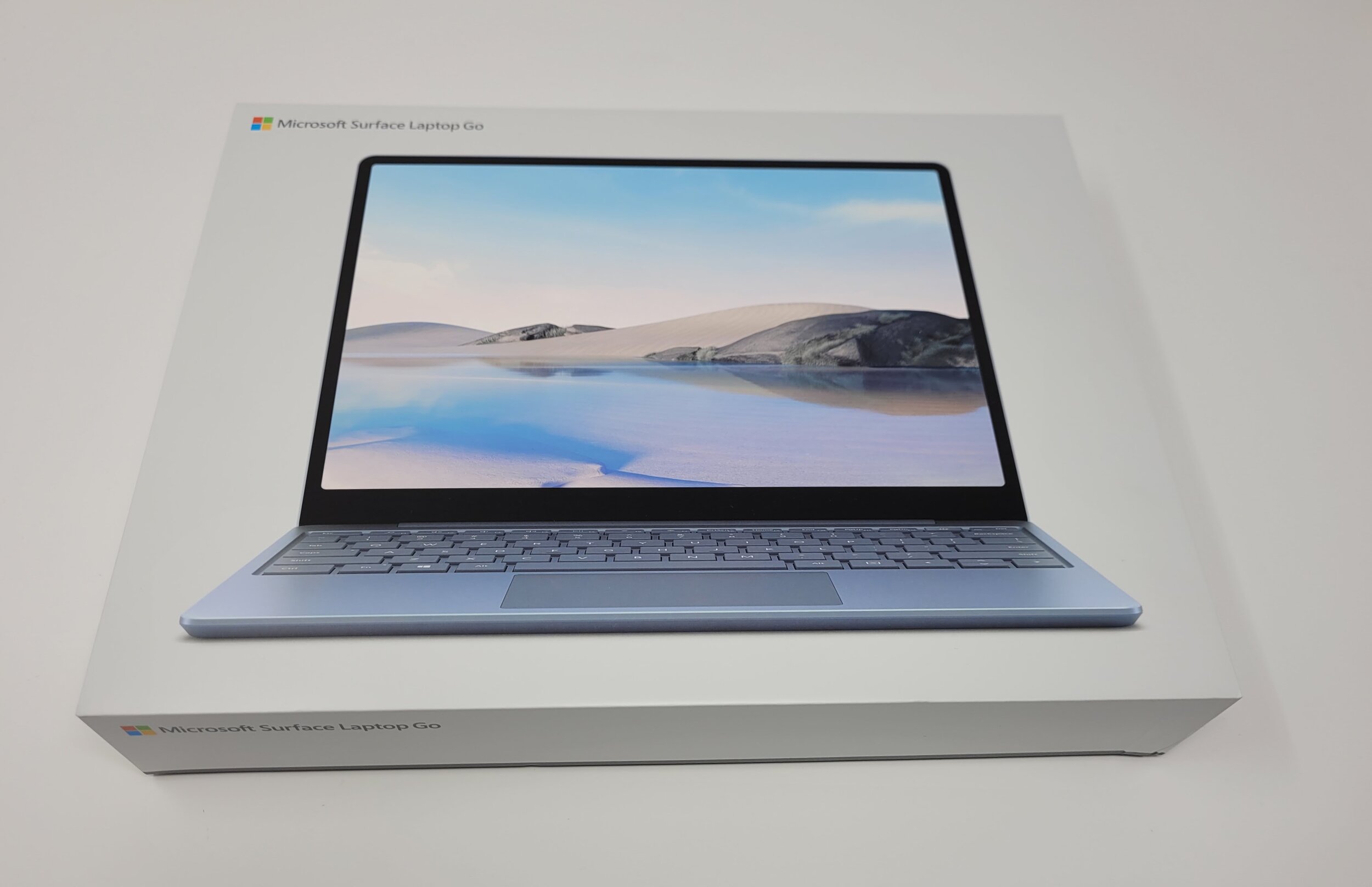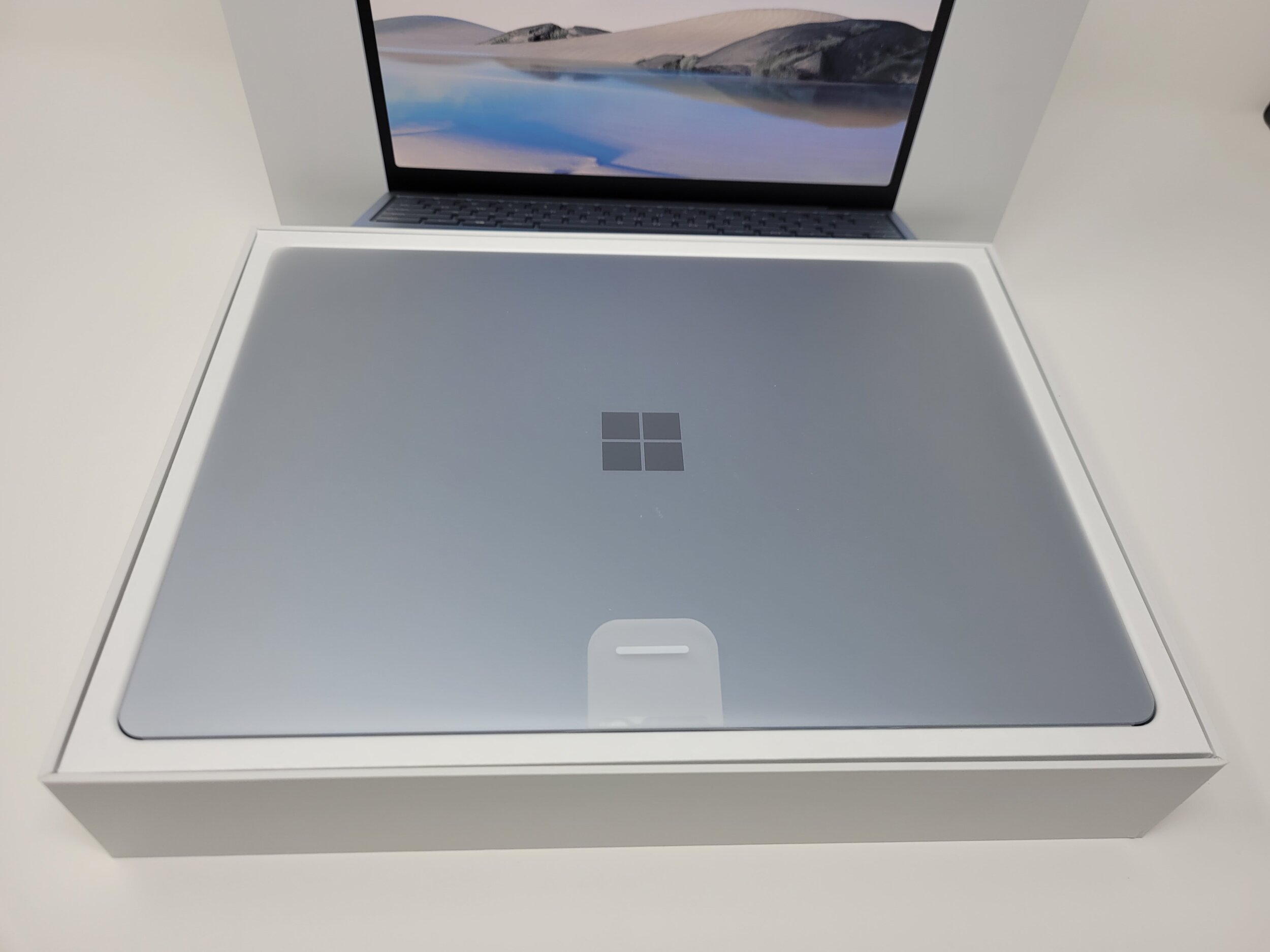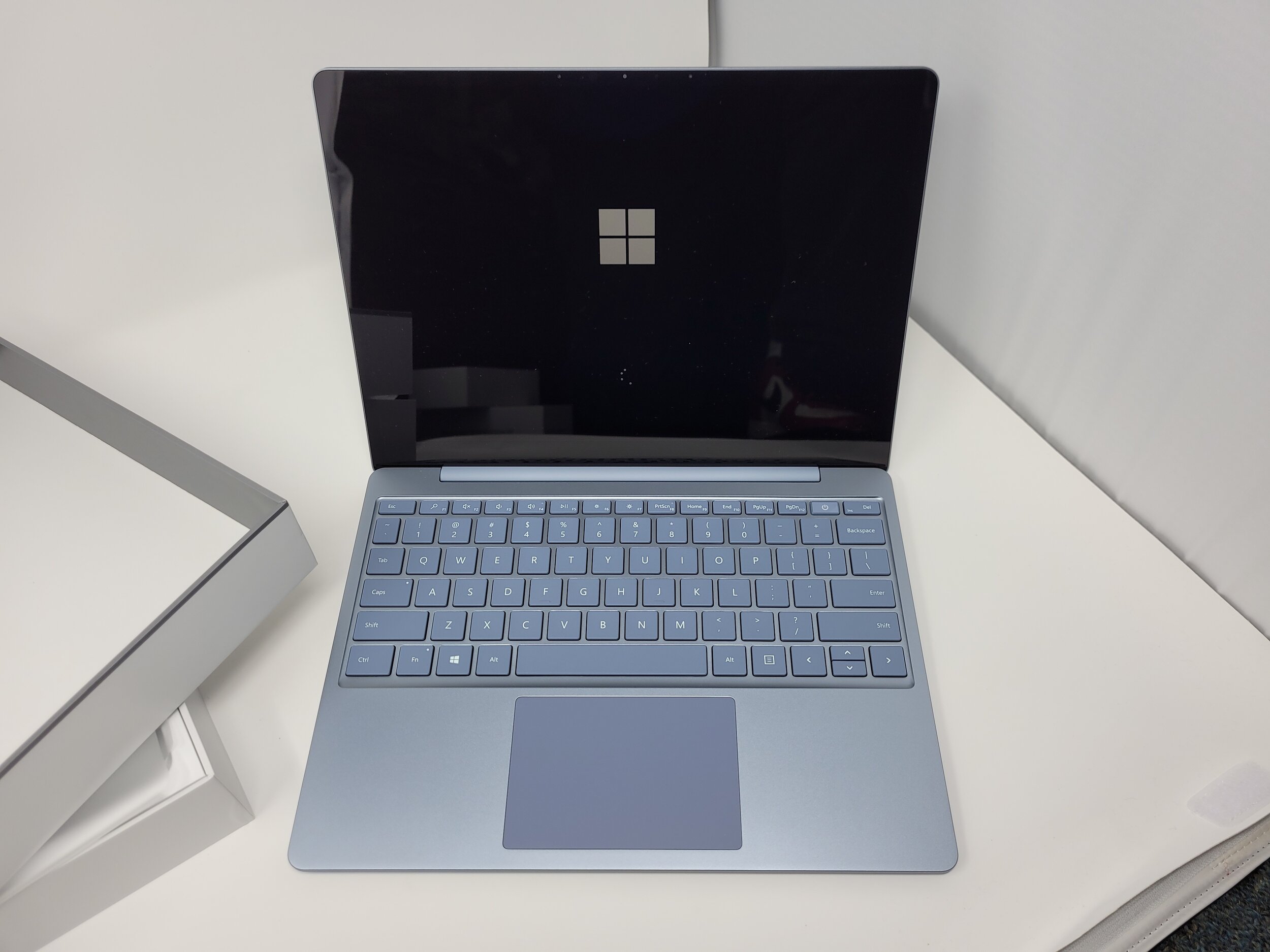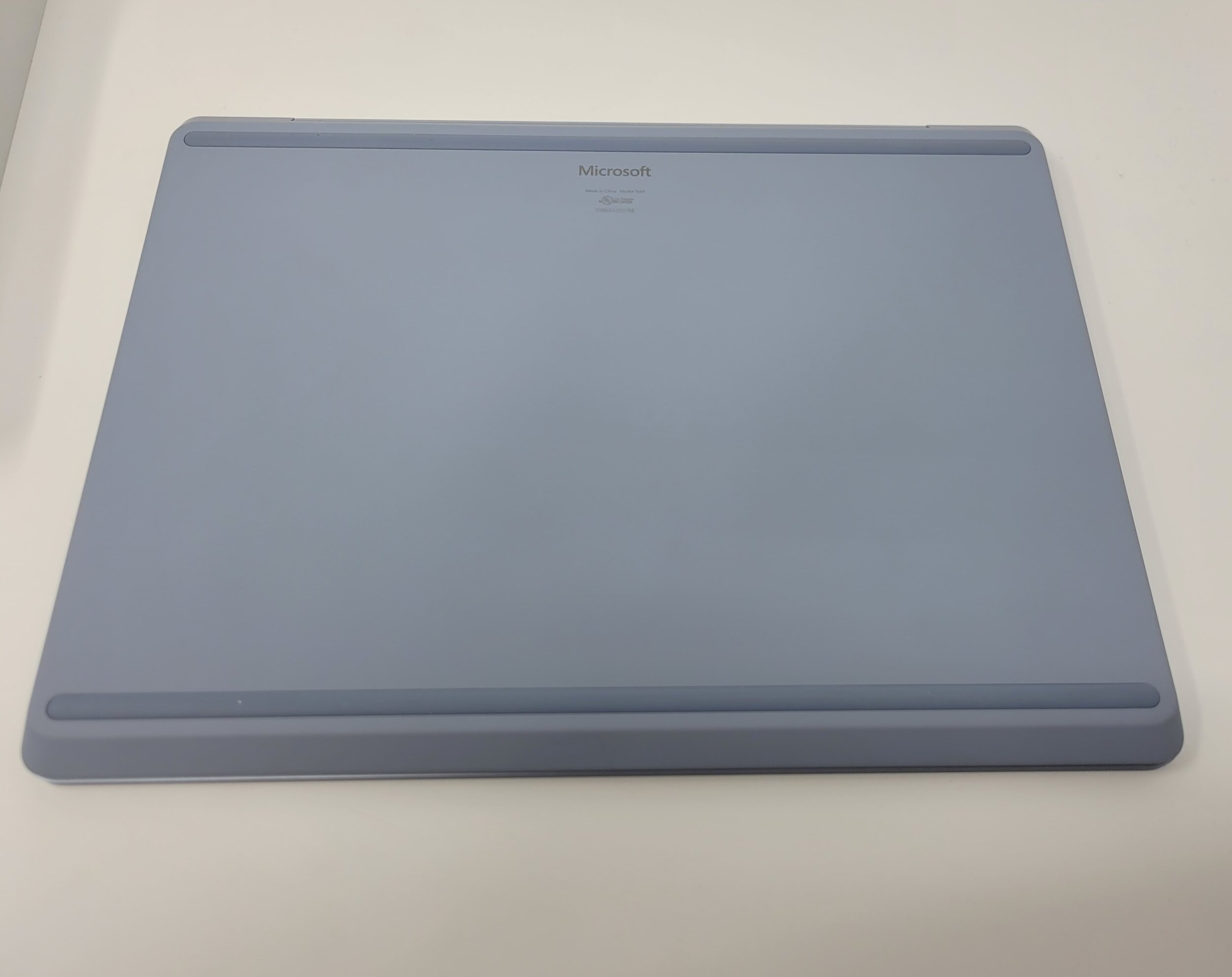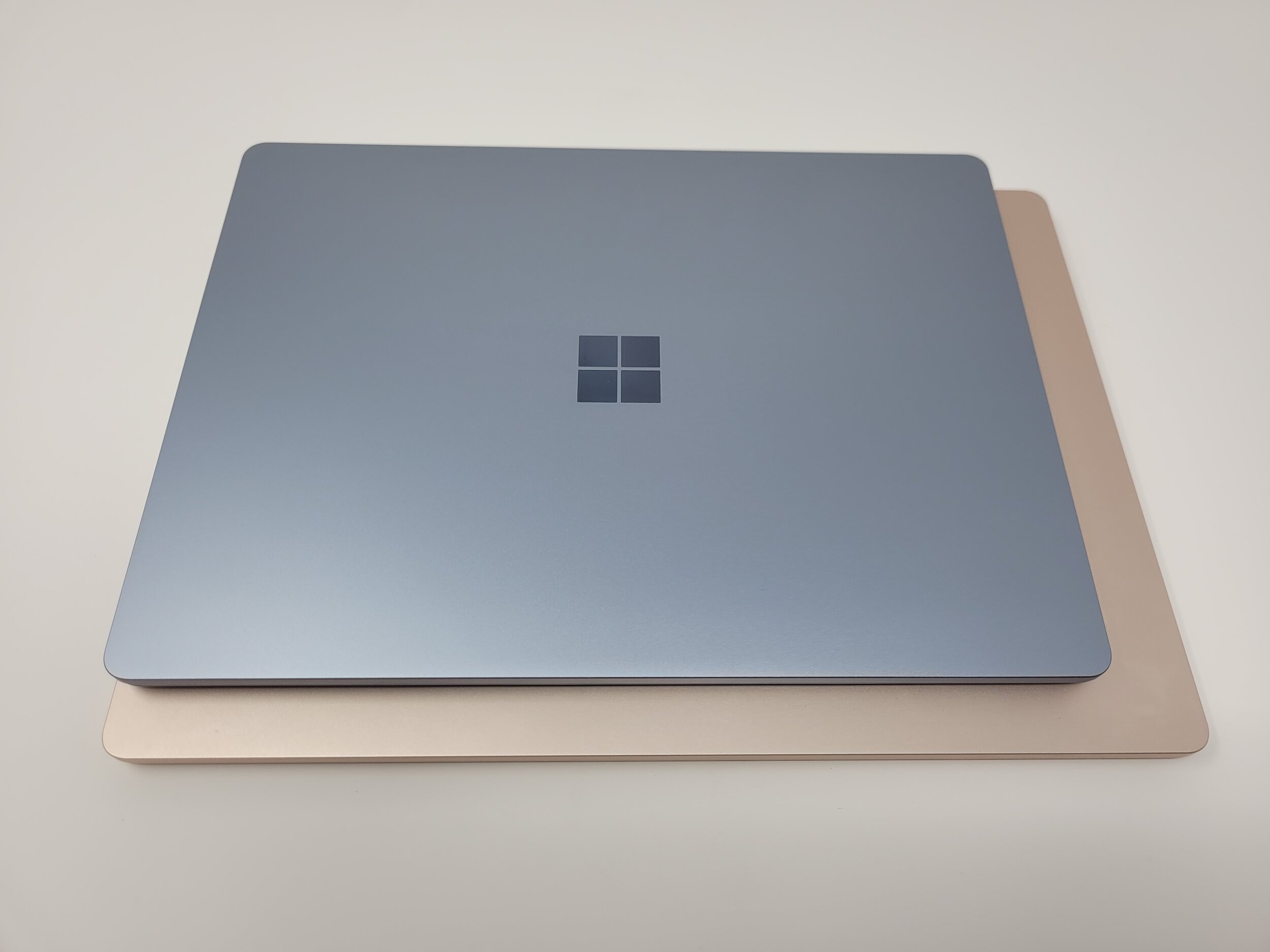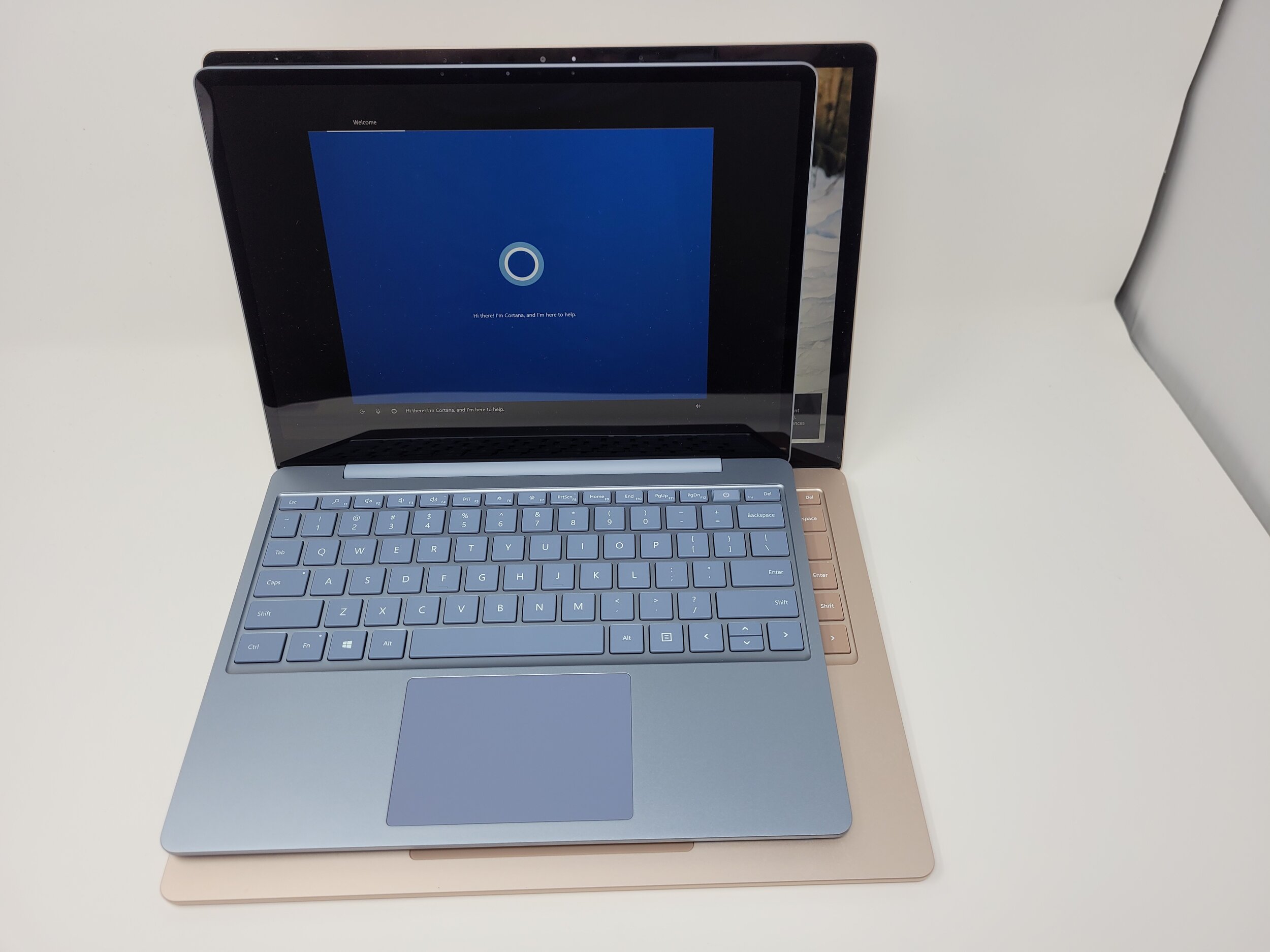[Updated] Microsoft Updates Surface Pro X with SQ2 Processor; New $550 Surface Laptop Go is Going to Go Fast
Summary
The Surface Pro X2 is more interesting from a tech perspective – Windows on Arm, with x64 support coming! New semi-custom SQ2 silicon! However, the $550 Surface Laptop Go is the more impactful model at retail because it meets consumers core computing needs with generous attention to detail like good keyboards and webcams. The base SKU skimps on RAM and storage but should suffice for distance learning, and Microsoft is adding plenty of margin with better equipped models at $700 and $900.
Surface Laptop Go
Premium thin-and-light laptops and “Pro” models get most of the press, but the majority of PC sales occur at prices below $700. Microsoft’s Surface Laptop line has been a success at price points between $900 - $1500, and now it is broadening the line to even more affordable levels with the Surface Laptop Go.
The Surface Go dramatically shrunk down the Surface Pro’s size and performance – too much so in the first iteration. The Surface Laptop Go follows the same formula, but much less aggressively. Even the entry level $550 SKU has a 10th gen Intel Core i5 processor, and in place of the Surface Laptop 3’s 13.5” or 15” display, a 12.4” 3:2 PixelSense touchscreen still allows for a good-sized work environment, trackpad, and full-sized keyboard with 1.4mm key travel. There are certainly less expensive laptops on the market, but Microsoft has proven that there are consumers willing to pay more for design, quality, and attention to detail. Microsoft’s blog/press release goes out of its way to stress the quality of the 720p webcam, mic, and speaker quality, which have been strong points on other Surface products, but are often sorely lacking on most laptops at this price point. Microsoft is going to sell a lot of these.
The Surface Laptop Go is extremely light – under 2.5 lbs. – but consumers who are considering it more for its form factor than its price point will want to pay more for more RAM and storage. Unfortunately, there is no option with a higher resolution display or cellular connectivity; all configurations are 1536 x 1024 (148 PPI) and WiFi-only. One benefit to the display is that at that size and resolution, it should require less power, which leads to Microsoft’s claim of 13 hours battery life of Office work (with screen brightness turned down).
Microsoft is charging a lot to move up each configuration step. The $550 SKU has just 4GB of RAM and 64GB of SSD storage, which is fine for distance learning with heavy cloud use – essentially the Chromebook use case – but completely inadequate for workloads that include Adobe or light gaming. The middle, $700 SKU bumps RAM to 8GB and storage to 128GB while adding a fingerprint reader in the power button. Adding another $200 for a 256GB SSD takes the Surface Laptop Go dangerously close to premium laptop pricing territory.
[Oct 13, 2020 Hands-on update: After having spent a week+ with the top-tier Surface Laptop Go, it is clear that the middle-tier Surface Laptop Go is likely to please the most people: 8GB of RAM and 128 GB of storage provide enough performance and storage for the form factor to shine at a price that is still well below a larger Surface Laptop 3. The display colors are good and the 3:2 aspect ration means that it is plenty roomy for getting Office work done without minimizing/micromanaging toolbars. However, the resolution is what it is - you can clearly see pixel structure.
I was not able to test the performance of the entry level 4GB/64GB version, but it should be fine for web-based workflows so long as you don’t have too many tabs open. The $900 version we tested adds additional storage, but at that price point, it really needs a higher resolution display, which would transform it into a true tiny premium laptop. Battery life is good, if nowhere near the promised 13 hours, partly because I did most of my testing outdoors with brightness turned all the way up. The keyboard is well laid out, feels good, and has plenty of travel, but does not quite reach the touch of Microsoft’s higher end Surface products. The trackpad is excellent, as is build quality.]
Surface Pro X2
Microsoft continues to invest in Windows on Arm with new hardware and software capabilities, which seems wise given industry trends and HoloLens’ dependence on the platform. In a blog post earlier this week, Microsoft announced that x64 apps will be supported in emulation on the next version of Windows on Arm next year, filling a huge compatibility hole and making the decision to move to an Arm-based system less complicated. Performance in emulation may be an issue today – Microsoft is still building native Arm apps like Teams and Visual Studio – but that should change over time thanks to Moore’s law and the ability to easily compile all new apps for Arm.
On the hardware side, Microsoft is helping Moore’s Law along by updating the existing Surface Pro X design with a new SQ2 processor co-developed with Qualcomm. The Surface Pro X had a terrific design, so that did not need updating. The new Surface Pro X claims the same 15 hours of battery in the same thin and light package with either the SQ1 or SQ2 processor – so the idea seems to be to beef up performance without changing anything else. The Surface Pro X continues to be available with the SQ1, likely for enterprise customers who don’t like change.
Neither Microsoft nor Qualcomm has provided much detail on what goes into the SQ2 silicon or has published benchmarks of what performance should be expected. The SQ2 appears to be an LTE-only, WiFi 5 variant of the Qualcomm's 8cx gen 2 with a better GPU (Adreno 690 in the SQ2, unknown Adreno version in the 8cx gen 2).
One thing is clear: pricing starts fairly high with the SQ2 configurations, in part because Microsoft is only offering the SQ2 on models with double the RAM (16GB from 8GB). That makes the cost of entry $1500 with a 256GB SSD (or $1700 for 512GB). Once you add a Keyboard Cover and Surface Pen, that balloons to $1770 (or $1970). That puts the Surface Pro X2 well into pro laptop pricing, but does the SQ2 outperform Intel or AMD systems on video editing, gaming, or code compilation performance that consumers use to justify paying higher prices? We look forward to testing one and finding out.
Raw performance with native or emulated apps is not necessarily the best metric to judge the Surface Pro X’s value, because this isn’t a thick gaming laptop or mobile workstation, but a fan-less, hyper-portable tablet with an excellent keyboard and Pen “option.” (I would be shocked if the attach rate for the keyboard and Pen combination is less than 90%. The real option here is whether you want the cover to match the Surface Pro X’s finish, or contrast it with a new red color option.) However, it should be noted that if the user is looking for a hyper-portable tablet, then the competition also must include Apple, and the Surface Pro X2 costs a full $400 more than Apple’s iPad Pro 12.9 WiFi (or $250 above the LTE version).
Techsponential has had a Surface Pro X since it first launched. While I like the form factor, embedded LTE, and good (but not game-changing) battery life, those attributes were not enough to overcome app compatibility considerations, and the Surface Laptop 3 got the lion’s share of my regular use instead. With x64 emulation coming and improved silicon performance to power it, the Surface Pro X merits another look. Techsponential is expecting a review unit shortly and this report will be updated accordingly.
Accessories
Microsoft often pairs its Surface announcements with new keyboards, mice, and docking stations, but this may be the first time Microsoft has offered a 60 percent keyboard. They look great. Microsoft also has numeric keypads, mice, and a new cable for connecting Surfaces to high resolution monitors.
To discuss the implications of this report on your business, product, or investment strategies, contact Avi at avi@techsponential.com or +1 (201) 677-8284.
First published Oct 2, 2020.
Updated Oct 13, 2020 with hands-on testing of the Surface Laptop Go




